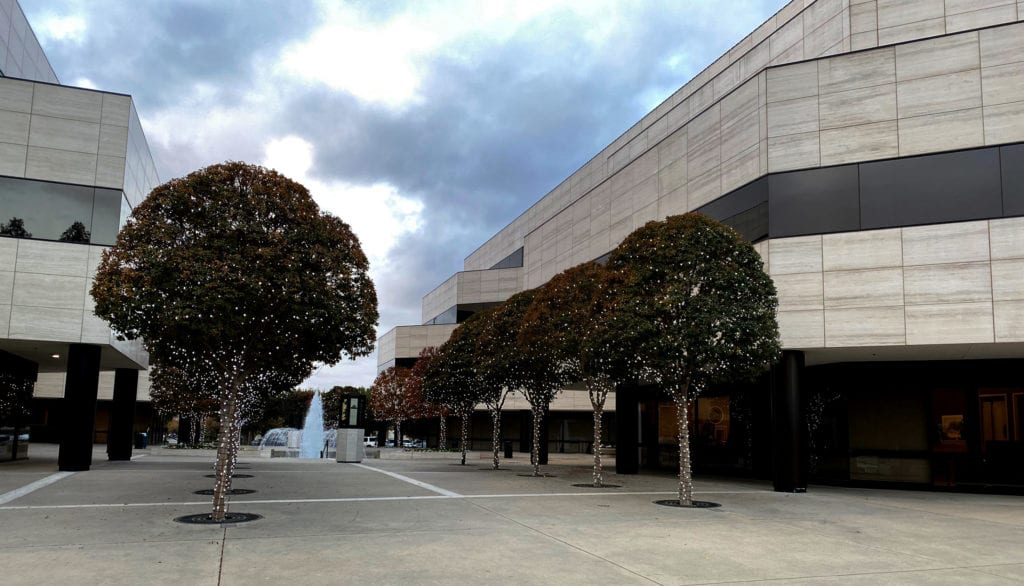The Vigil v. State Compensation Insurance Fund decision has not only clarified aspects of combining impairments in workers’ compensation claims but also creates an interesting dialogue with earlier cases, notably the Kite case. Understanding the relationship between these two cases is critical for defense attorneys, as it provides a broader context for interpreting the WCAB’s current stance on combining disabilities and defining synergy.
The Kite Case: A Benchmark for Synergy
The Kite decision is a seminal case in workers’ compensation law, particularly for its treatment of how impairments that affect similar body parts should be combined. In Kite, the applicant had impairments to both hips, and the Workers’ Compensation Judge (WCJ) initially used the Combined Values Chart (CVC) to combine these impairments, which could potentially underestimate the true impact of bilateral impairments on an applicant’s ADLs.
However, upon reconsideration, the decision was that the impairments should be added together rather than combined using the standard CVC formula because of a “synergistic effect.” This meant that the impairments interacted in such a way that the combined impact on the applicant’s disability was greater than the sum of the individual effects, particularly affecting the applicant’s mobility and ability to perform daily activities.
Synergy in Vigil: A Reinforcement of Kite
The Vigil case revisits and expands upon the principles outlined in Kite. Here’s how Vigil intersects and overlaps with Kite:
- Reaffirmation of Synergistic Principles:
- Vigil reaffirms the approach taken in Kite, emphasizing that impairments to the same or similar body parts (like the hips) may have a synergistic effect that justifies adding the impairments together rather than using the traditional CVC formula.
- It underscores the necessity for substantial medical evidence to demonstrate this synergistic effect, detailing exactly how the impairments amplify each other’s impact on the applicant’s ADLs.
- Clarification of Legal and Medical Analysis:
- While Kite introduced the concept of synergy in workers’ compensation cases, Vigil provides a more detailed legal framework for how synergy should be assessed and applied. This includes a clearer definition of synergy and a more stringent requirement for medical testimony to specifically address how impairments interact to exacerbate disability.
- Guidance for Future Cases:
- Both Vigil and Kite serve as critical references for cases where multiple impairments might interact in complex ways. Vigil adds depth to the legal understanding by specifying that the synergy must be proven with a reasoned medical analysis that explains the increased impact on ADLs.
Implications for Defense Strategies
For defense attorneys, the intersection of Vigil and Kite provides a nuanced template for approaching cases involving multiple impairments:
- Detailed Medical Evidence: Ensure that medical experts are prepared to discuss in detail the interplay between impairments and their collective impact on the applicant’s life, specifically addressing any alleged synergistic effects.
- Strategic Litigation: Use the principles established in Vigil and Kite to argue against the improper application of synergy, particularly when medical evidence may not support a significant amplification of disabilities due to combined impairments.
Conclusion
The dialogue between Vigil and Kite enriches the legal landscape of workers’ compensation by providing a clearer understanding of how complex impairments should be assessed. For defense teams, these cases offer a strategic framework that emphasizes the critical role of detailed, specific medical evidence in arguing for or against the application of synergistic effects in disability evaluations.
Get Help From a Workers’ Compensation Defense Attorney in Fresno, California
At Yrulegui & Roberts, our Fresno workers’ compensation defense law firm has the specialized expertise you can trust. We are proud to represent employers, insurance companies, and claims administrators. Call us now or contact us online for a strictly confidential appointment. From our Fresno law office, we provide workers’ compensation defense services throughout the San Joaquin Valley.


